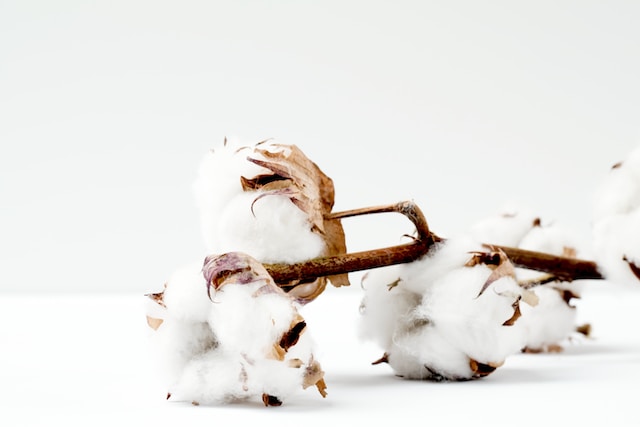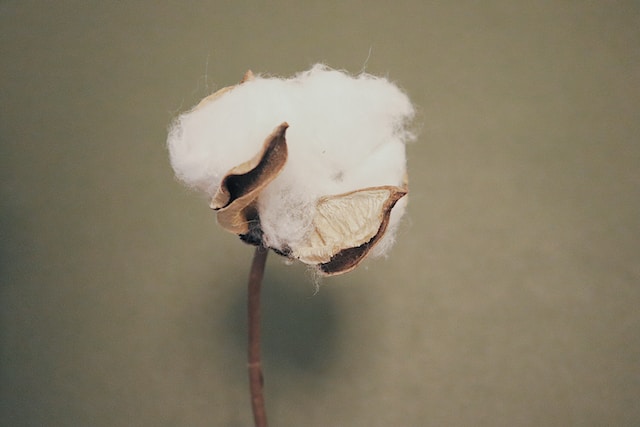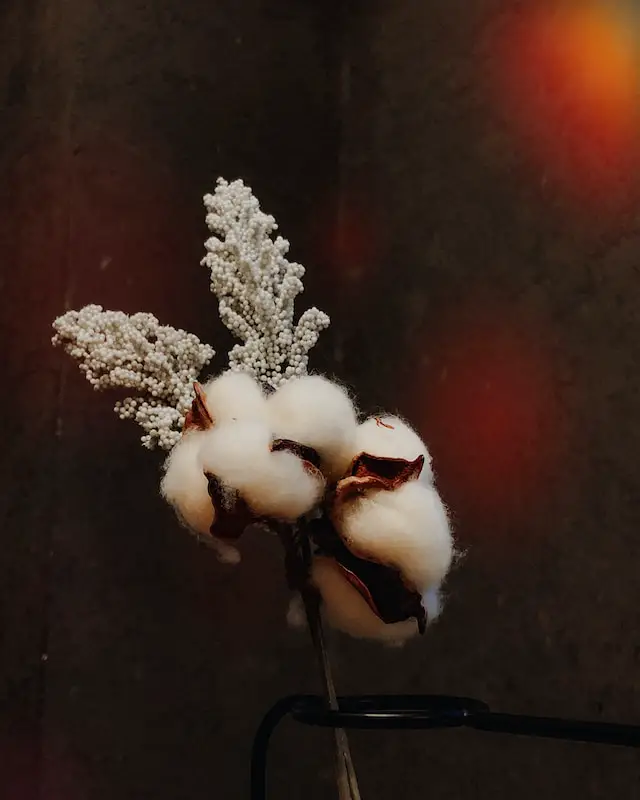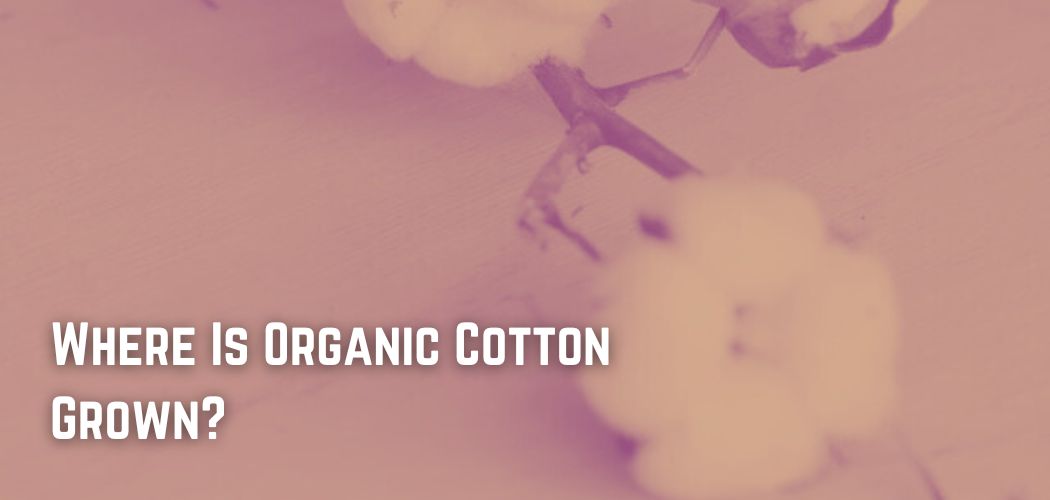Cotton that has been cultivated without the use of chemical fertilisers or pesticides is known as organic cotton. It’s produced on land that’s been treated and given enough time (at least three years) to remove any hazardous residues from previous chemical fertiliser and pesticide applications.
Cotton comes from natural plants that haven’t been genetically modified and haven’t been treated with chemicals (washes, bleaches, dyes, or perfumes) during processing and packing.
Organic cotton is mainly grown in the following 21 countries (in order of ranking): India (49.8%), China (12.3%), Kyrgyzstan (11.8%), Turkey (9.7%), Tanzania (4.5%), Tajikistan (4.2%), U.S. (2.8%), Uganda (1.9%), Pakistan (0.8%), Greece (0.7%), Benin (0.6%), Peru (0.3%), Burkina Faso (0.2%), Egypt (0.1%), Uzbekistan (0.1%), Ethiopia (0.1%), Brazil (0.1%), Mali (0.03%), Myanmar (0.01%), Thailand (0.002%), and Senegal (0.001%).
Organic cotton is unquestionably the most skin-friendly, relaxing, and safe natural fibre. While conventional cotton might be unpleasant to baby skin at times, organic cotton never is.
It’s the perfect material for protecting and cleaning newborn babies, especially for clothing, bandages, covering and cleaning wounds, baby crib beddings, baby outfits, towels, and dozens of other items.
It can also be used safely in surgical procedures when contamination from any source could be lethal. Organic Cotton Seed Oil, a byproduct of organic cotton production, offers a wide range of applications in snacks and livestock feed.

Over the last few years, the output of organic cotton has skyrocketed. In 2006-2007, global organic cotton output increased by more than 53% over 2005-2006, and then by about 152 per cent in 2007-2008. There were 145,872 metric tonnes or 668,581 bales produced in 24 countries, with India leading the pack.
The fact that all of the cotton in Indian organic cotton is hand-picked is one of its unique features. India, Syria, Turkey, China, Tanzania, the United States of America, Uganda, Peru, Egypt, Burkina Faso, West Africa, and Kyrgyzstan are among the largest producers of organic cotton.
Approximately 222,134 farmers grew 1,101,333 bales of organic cotton in 19 countries on 1,035,210 acres of land in 2018/2019, a 31 per cent increase over the previous year and the second-largest organic cotton harvest on record.
In addition, 137,966 acres of cotton-growing land were converted to organic, helping to meet the increasing demand. Organic cotton made up approximately 0.95 per cent of global cotton.
The top 10 companies using organic cotton in 2019 were H&M, C&A, Inditex, Aldi Group, Tchibo, Nike, AB Lindex, Varner, Bestseller, and Stanley & Stella (in descending order based on a company’s management practises, including risk assessment, transparency, investment, target setting, impact measurement, and adoption rate of “preferred cotton”).

Boll & Branch, Naturaline, Dibella, Cotonea, Dedicated Sweden, ARMEDANGELS, Knowledge Cotton Apparel, Coyuchi, Veja, and Continental Cloth were among the top 10 organic/Fair Trade enterprises that met the same criterion.
Despite severe weather circumstances such as drought and hail, organic cotton production in the United States reached 23,720 bales (5,164 MT) from about 29,000 acres (11,728 HA). The United States produces 2.8 percent of global organic cotton and 0.2 percent of domestic cotton). In Texas and New Mexico, 83 farmers were active in organic cotton cultivation.
The Texas Organic Cotton Marketing Cooperative (TOCMC) and the Allenberg Cotton Company’s ProCot Cooperative programme continue to dominate organic cotton production in the United States, accounting for 74% of total fibre in 2019.
The majority of organic cottonseed is marketed as feed to organic dairy, although some farmers capture and reuse their seed.
Organic fibre is the largest and fastest-growing segment of the organic non-food market in the United States (including organic textiles, household products, personal care products, supplements, pet food and flowers).
Organic fibre product sales climbed 5% over 2019 to $2.1 billion in 2020, according to the Organic Trade Association’s 2021 Organic Industry Survey, with organic cotton accounting for the majority of those sales.
The category today accounts for 0.9 per cent of the entire fibre market in the United States. Organic food and non-food product sales in the United States reached a new high of about $62 billion in 2020, up more than 12% from the previous year.

The organic textiles and fibre industry is developing due to rising consumer awareness and a growing understanding that what we put on our bodies is just as essential as what we put in them.
Organic cotton fibre is used in a variety of products, including sanitary products, make-up removal pads, cotton puffs, and ear swabs, as well as fabrics, home furnishings (towels, bathrobes, sheets, blankets, bedding, mattresses), children’s products (toys, diapers), and apparel of all types and styles (whether for lounging, sports, or the workplace).
Cottonseed oil is utilised in a range of culinary items, including cookies and chips, and around two-thirds of cottonseed is used for animal feed.





